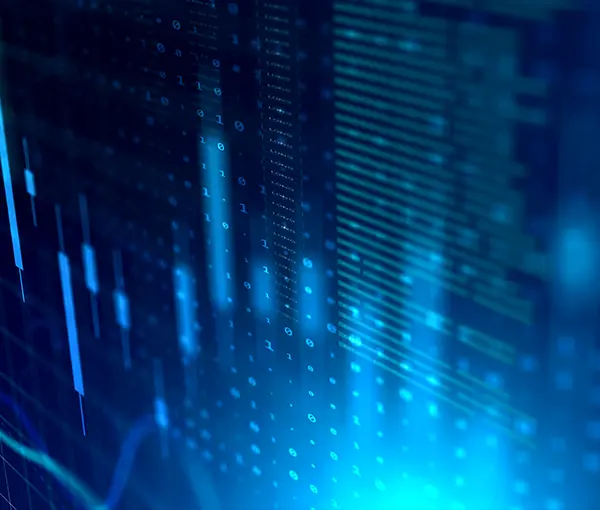Jim Clausing
Certified InstructorTechnical Consultant, Network Security Architect at AT&T
Specialities
Digital Forensics and Incident Response

Experience SANS training through course previews.
Learn MoreLet us help.
Contact usBecome a member for instant access to our free resources.
Sign UpWe're here to help.
Contact UsDigital Forensics and Incident Response

Jim Clausing caught his first attacker in 1981 when he discovered a Trojan login program had been planted on a terminal on his college's computer. "Yes, we had only one computer for the entire college," he recalls. Ever since Jim has been working to secure systems and track down attackers. Today, Jim has over 40 years of experience in the IT field including systems and database administration, and security and research in parallel processing and distributed systems. He's spent the past 20 years as a technical consultant and network security architect for AT&T doing malware analysis, forensics, incident response, intrusion detection, system hardening, and botnet tracking.
Jim serves on the GIAC board of directors, and as a volunteer incident handler at the SANS Internet Storm Center. He co-authored the SANS Press book, Securing Solaris 8 & 9 Using the Center for Internet Security Benchmark, and holds the GIAC Security Expert (GSE) certification (#26).
Jim takes the time to explain complex concepts and make sure that everyone is on the same page.
Jim was a great instructor; really good delivery of the content, well paced, and lots of opportunity to ask questions.
The speed at which Jim moves is perfect. I really enjoy his teaching style.
Here are upcoming opportunities to train with this expert instructor.
Explore content featuring this instructor’s insights and expertise.
この講演では、攻撃者が攻撃対象のLinuxシステム上で永続性を確立するための様々な方法について説明します。Windowsシステムにおいて永続性を確立する方法として、Run/RunOnceレジストリキーやタスクスケジューラなどを悪用する手法が広く知られていますが、Linux上で攻撃者がどこに隠れているかをご存知ですか?

This talk will discuss the various ways that attackers try to maintain persistence on victim systems.

Review relevant educational resources made with contribution from this instructor.